Unlocking the treasures that tell the story of the Highlands
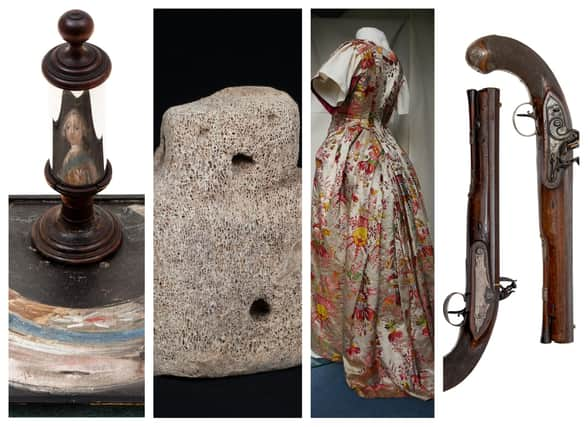

Now, a new campaign has been set up to bring the treasures of the north to audiences around the world, despite the lockdown.
Highland Objects has been launched to open up the collections of the small independent museums in the Highlands, which are now facing a very uncertain future given the impact of the pandemic and the loss of vistitors from around the world this year.
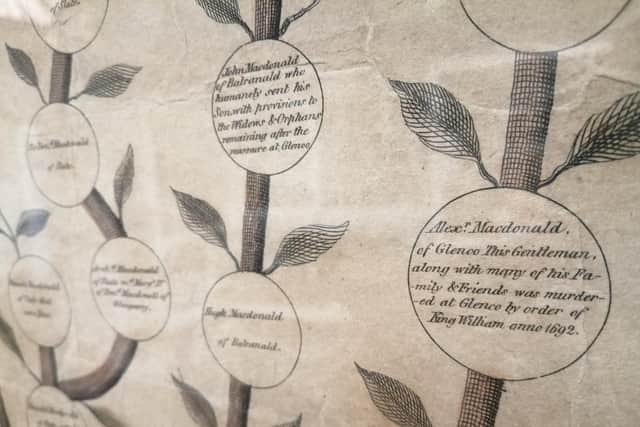

Advertisement
Hide AdAdvertisement
Hide AdRunning online, museums in the Highlands have been asked to put forward their favourite objects with the public to vote on their most loved out of a group of six.
A podcast will then be made about the most popular pieces with a new archive of audio documents to be created and accessed around the world.
Nicola Henderson, heritage manager for XpoNorth creative industries conference, said the Highland Objects campaign built on work already being done before the pandemic to support the fragile museums in the Highlands.
She said: “Museums before Covid were already looking at quite severe statutory grant cuts, with funding cut from around £15,000 to £6,000 year,
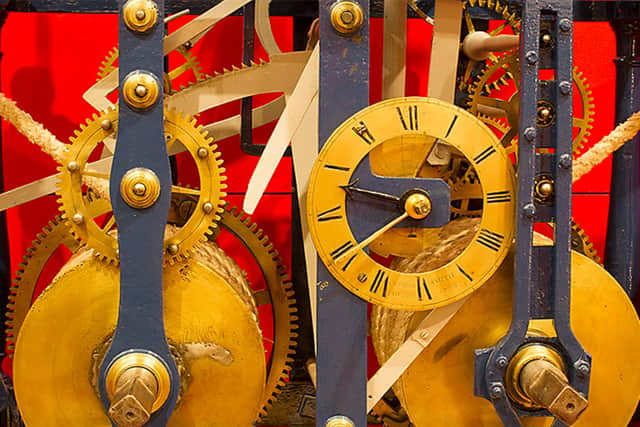

“We were looking at ways the heritage sector could link into the creative industries as a lot of the museums have great ideas and know what they want to do, they just often don’t have the capacity.
“A lot of them are run by perhaps just one member of staff and a team of volunteers – there are around 600 volunteers supporting the Heritage sector in the Highlands.
“Many of these museums are very vulnerabe and we don’t see how many of them can be openig this year at all
“These people are very passionate about their collections and what they mean to their communities and everything they do is fundamentally about their collections and looking after these objects and the stories behind them.
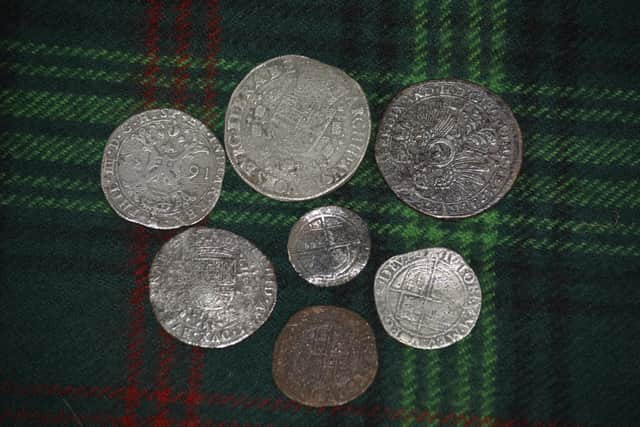

Advertisement
Hide AdAdvertisement
Hide Ad“So what we are doing is supporting the museum in connecting audiences locally, nationally and internationally to tell the stories of the Highlands.
“The object are very different and there are so many stories behind them, from how they were made to some very personal and moving tales. There are a lot of unknown treasures coming through ad it is about telling people about these treasures and linking them back to the people and places behind them.”
To see the full range of items being put forward by museums, visit @HighlandObjects on Twitter
A message from the Editor:
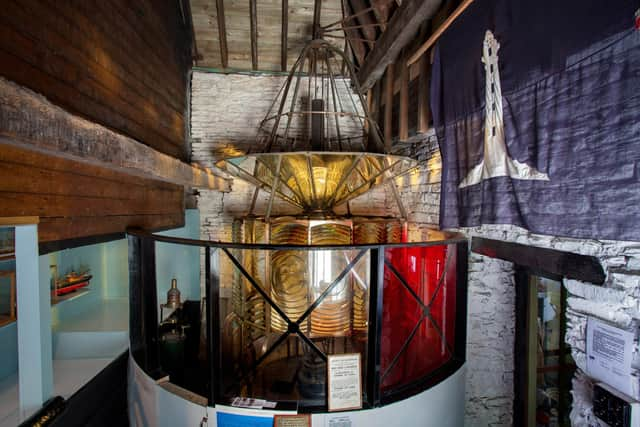

Thank you for reading this story on our website. While I have your attention, I also have an important request to make of you.With the coronavirus lockdown having a major impact on many of our advertisers - and consequently the revenue we receive - we are more reliant than ever on you taking out a digital subscription.Subscribe to scotsman.com and enjoy unlimited access to Scottish news and information online and on our app. With a digital subscription, you can read more than 5 articles, see fewer ads, enjoy faster load times, and get access to exclusive newsletters and content. Visit https://www.scotsman.com/subscriptions now to sign up.
Our journalism costs money and we rely on advertising, print and digital revenues to help to support them. By supporting us, we are able to support you in providing trusted, fact-checked content for this website.
Joy Yates
Editorial Director